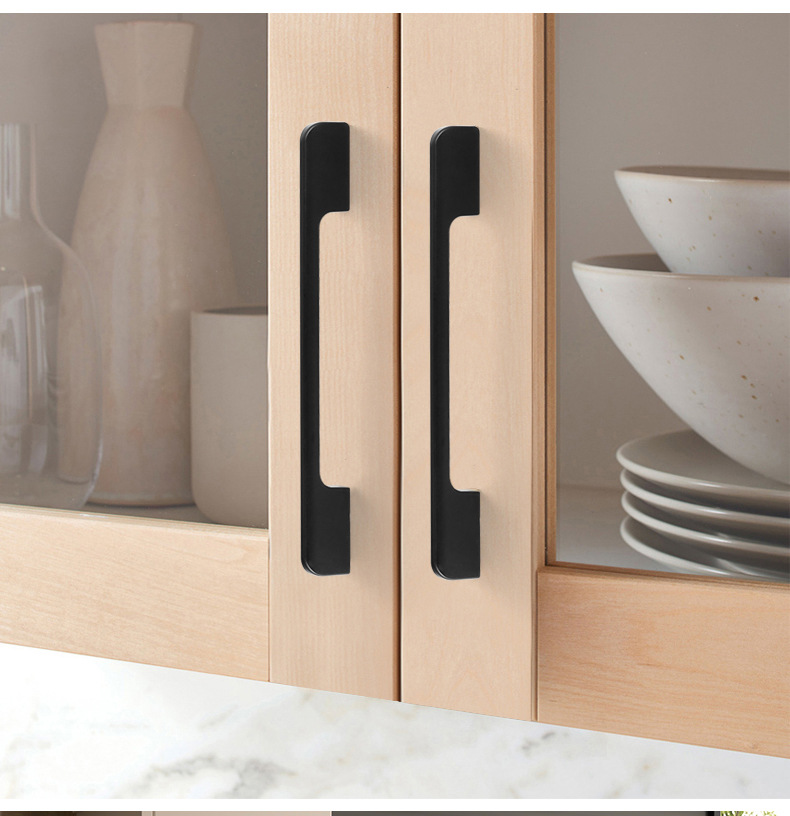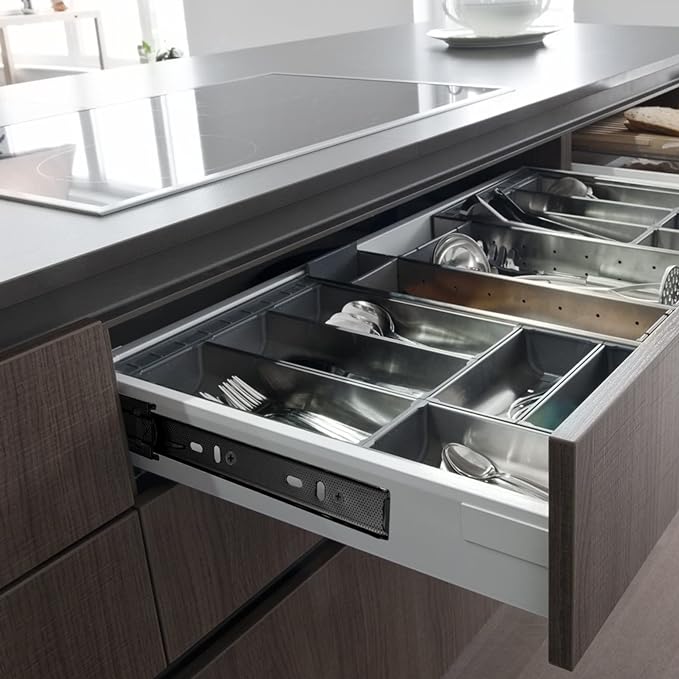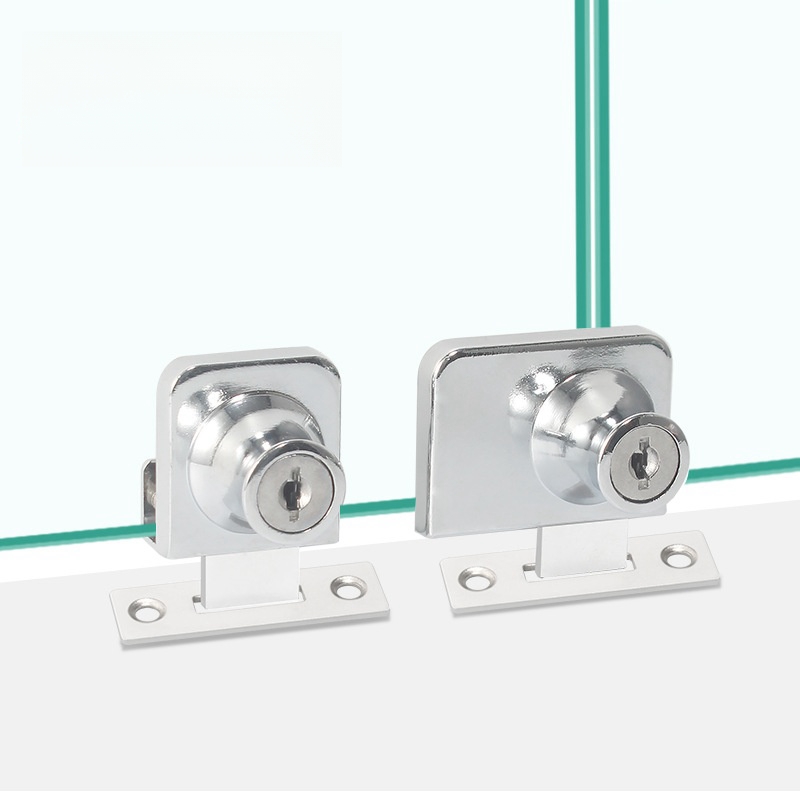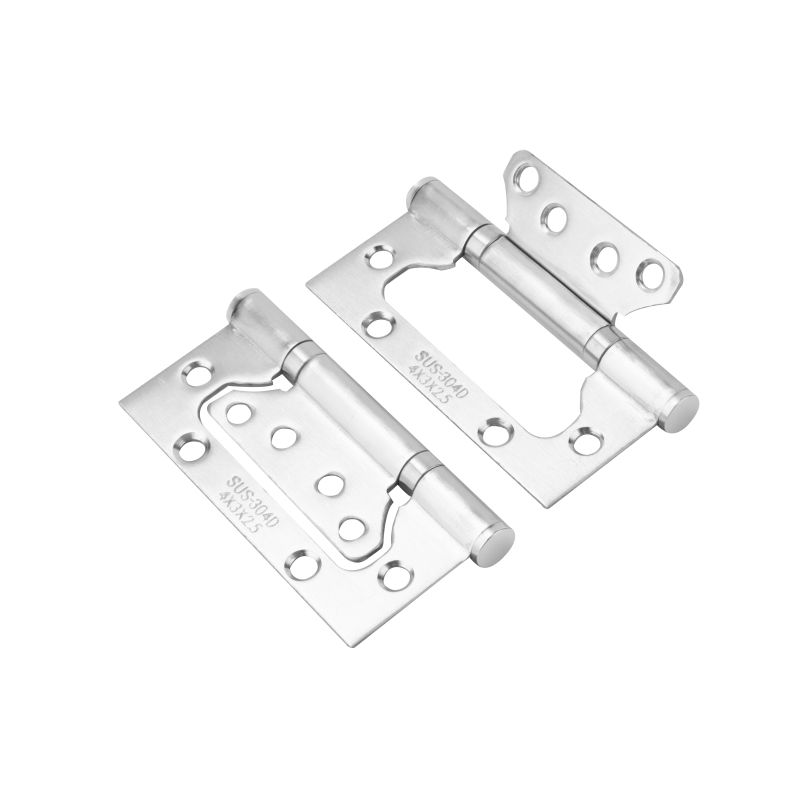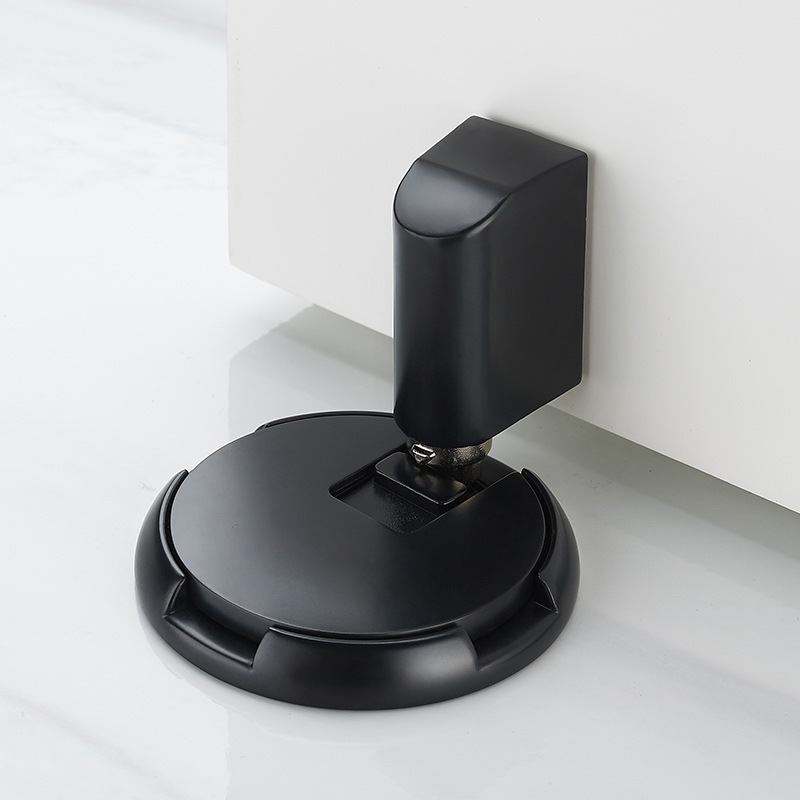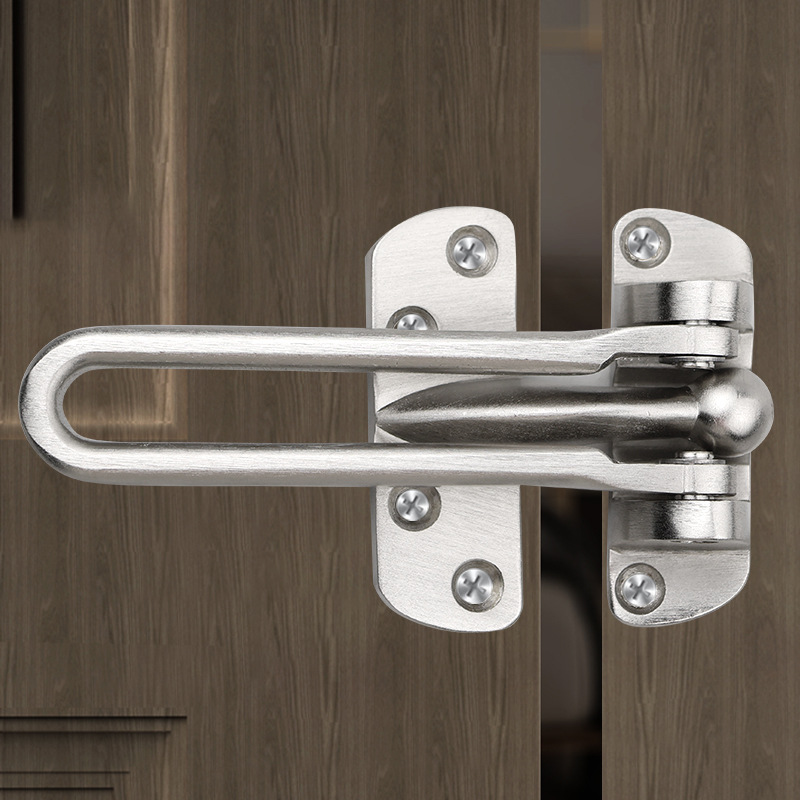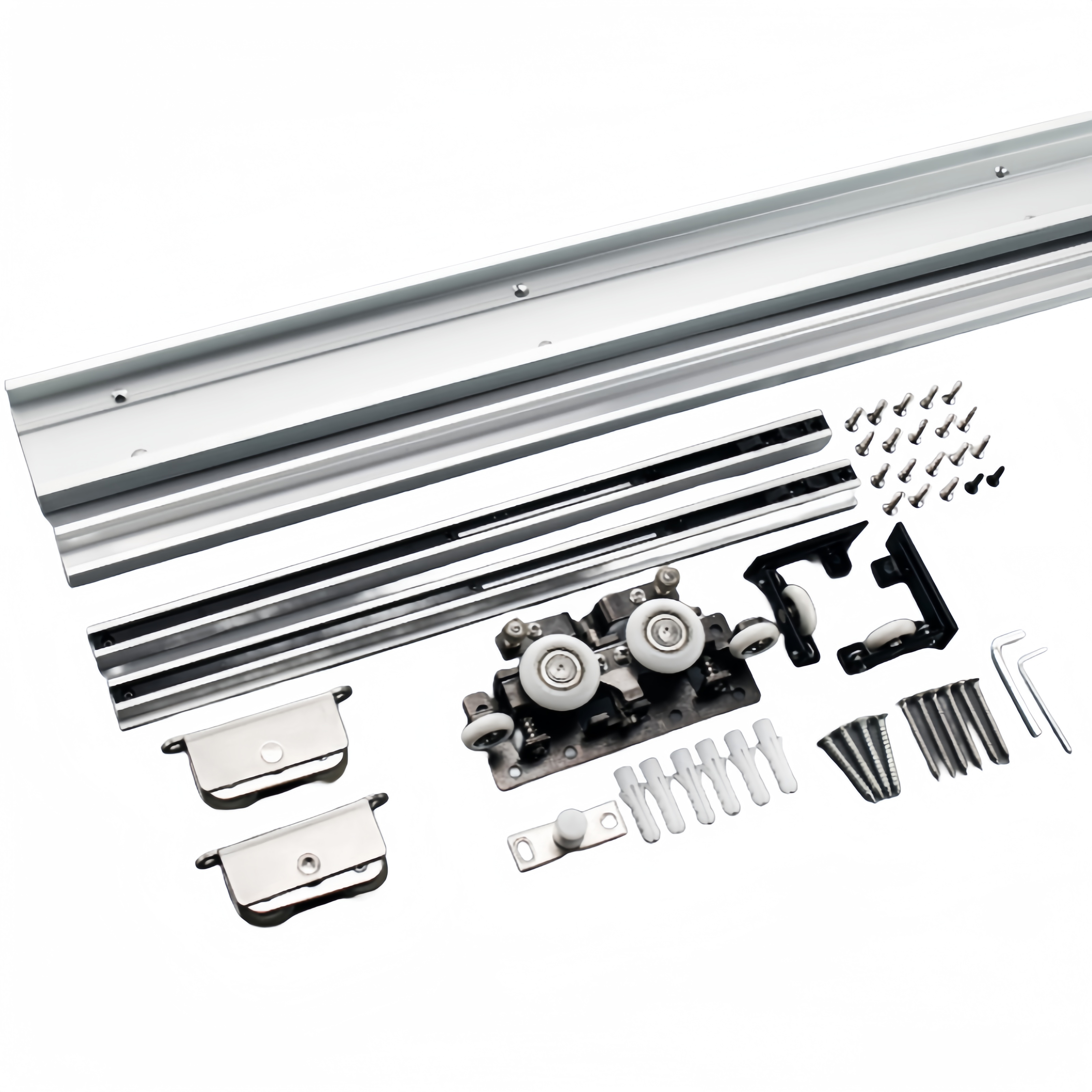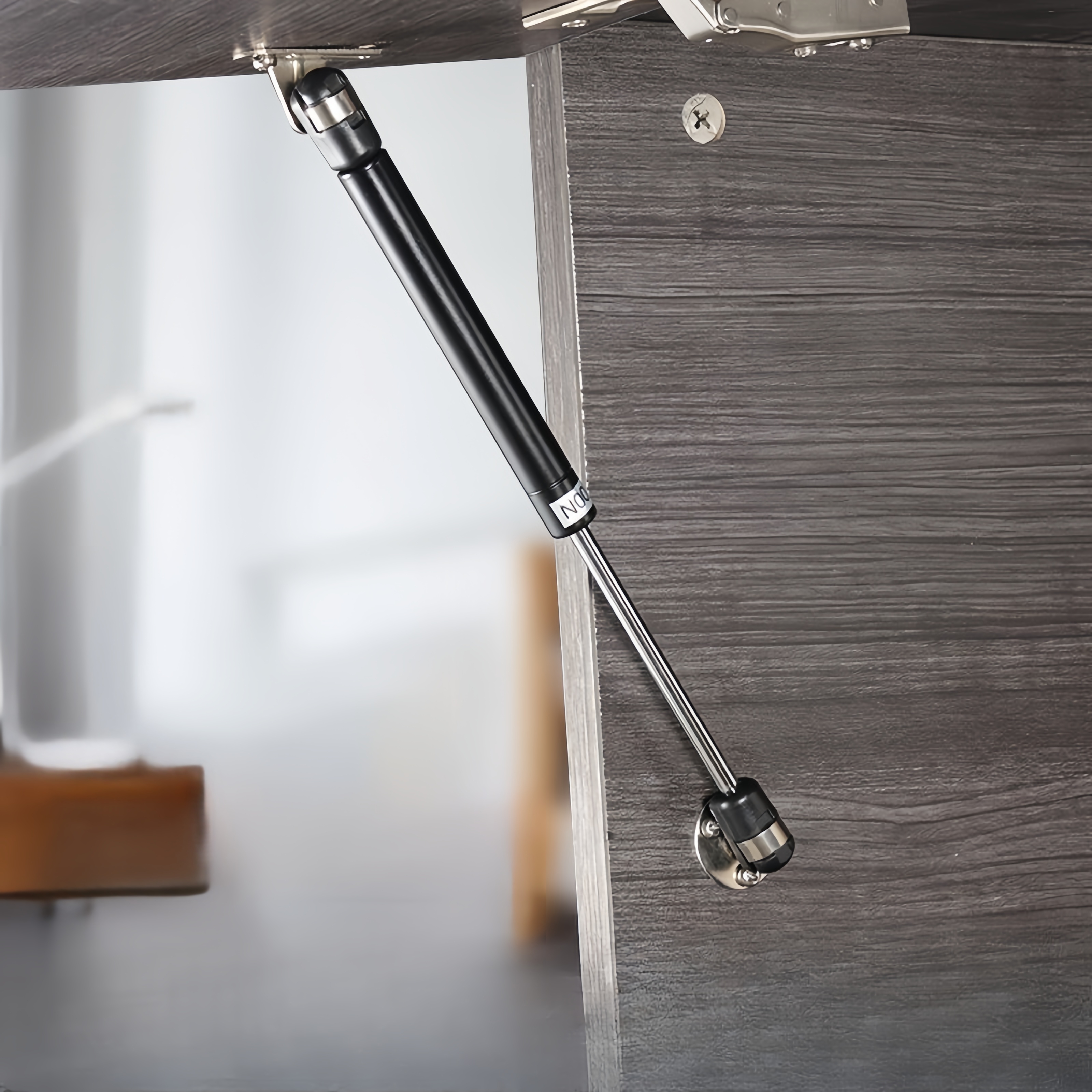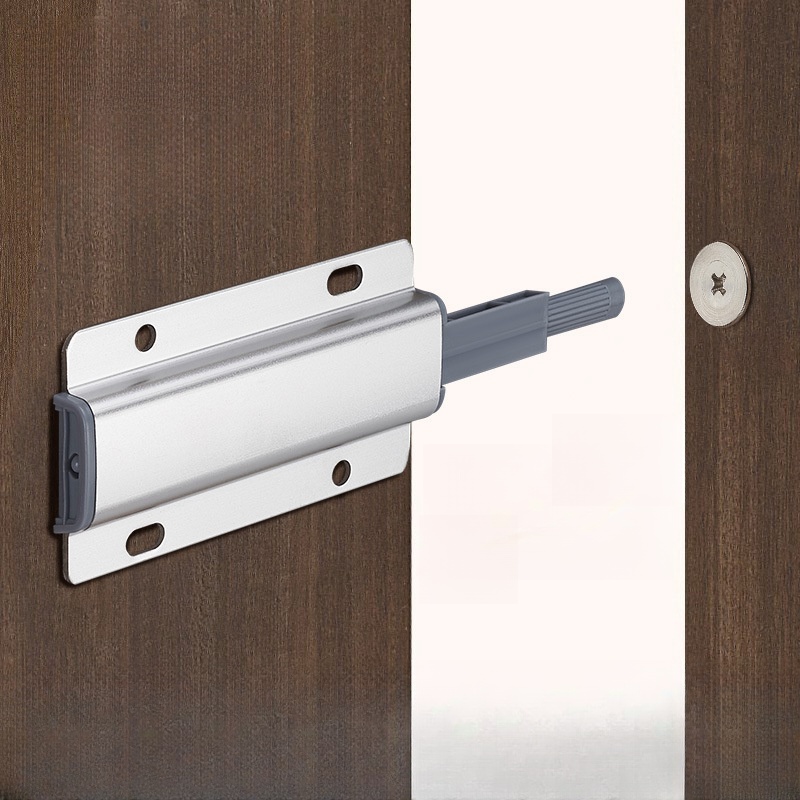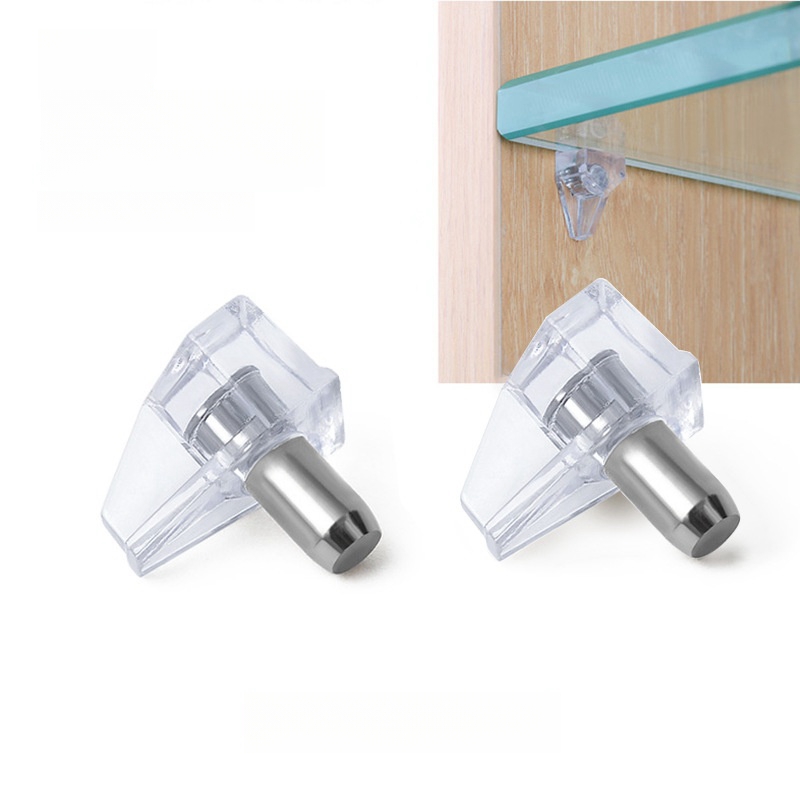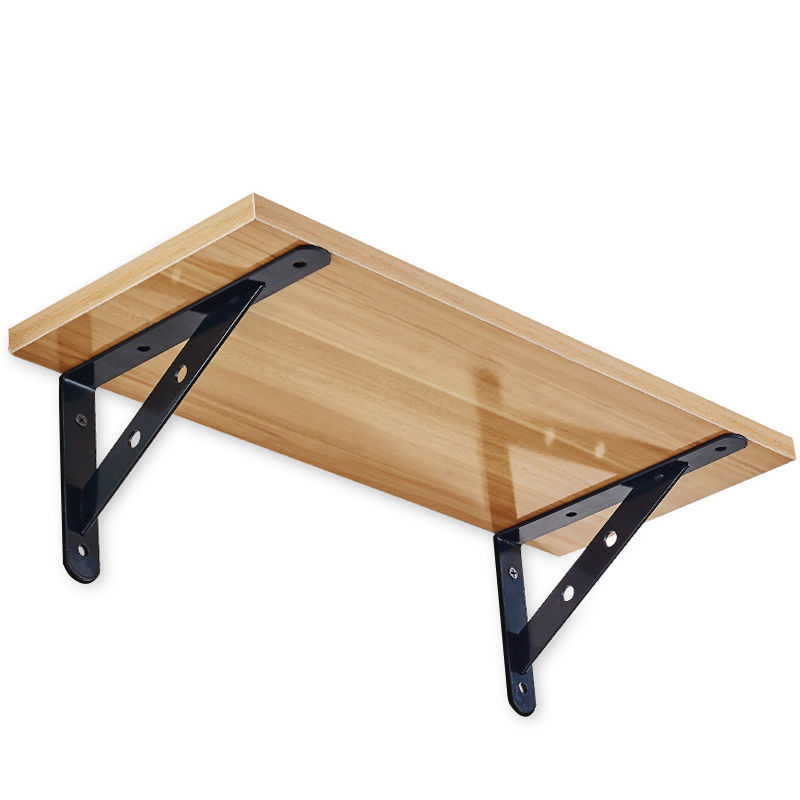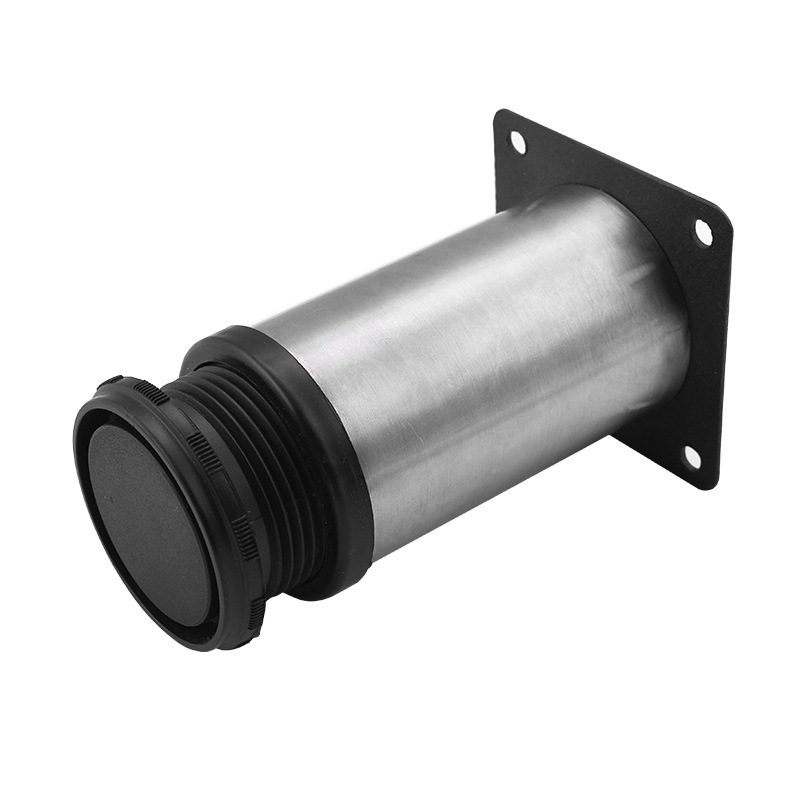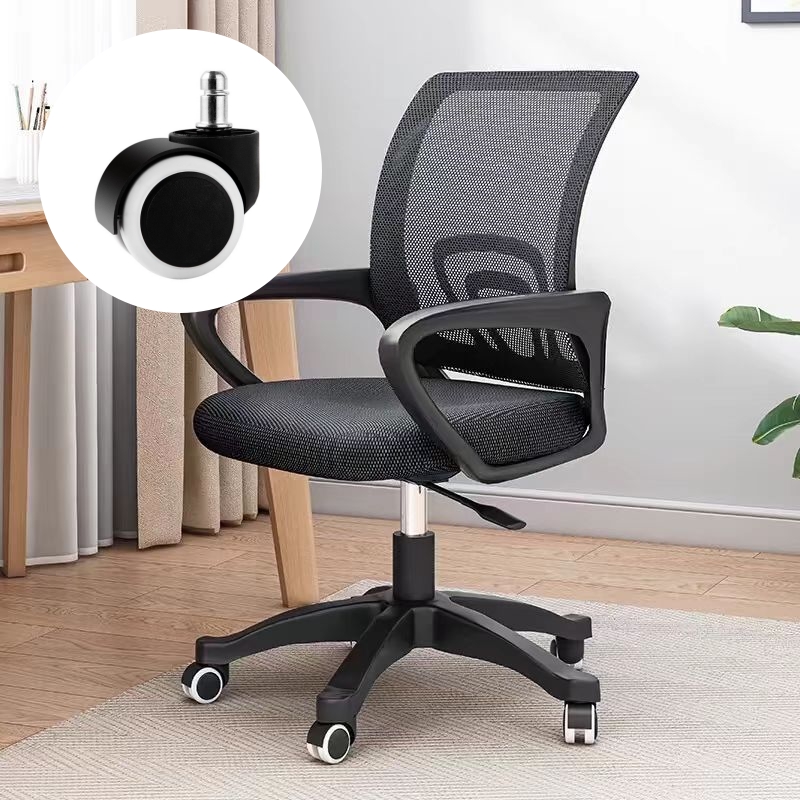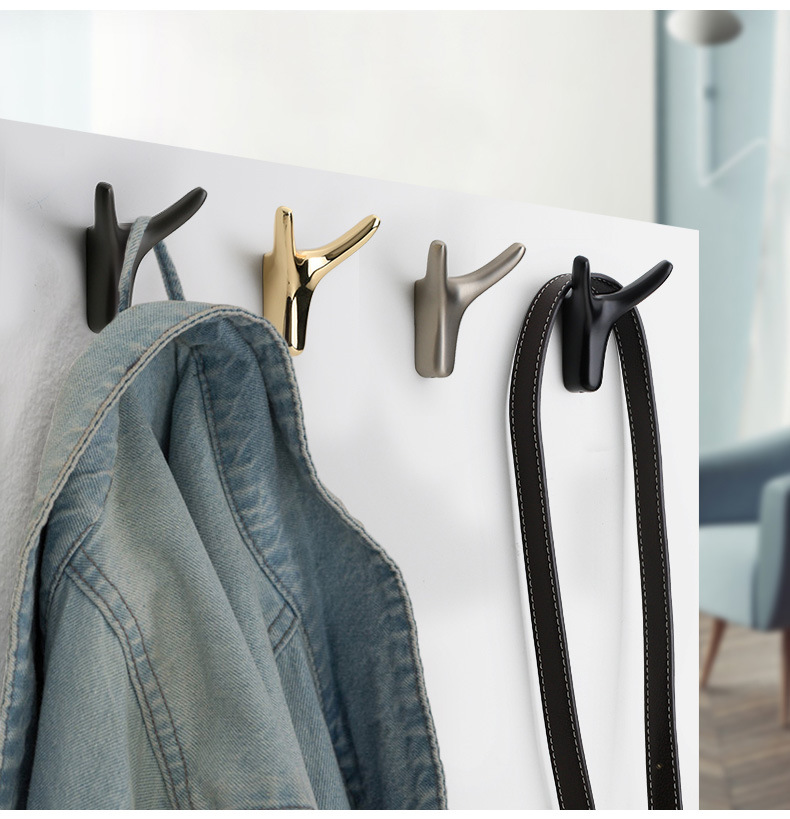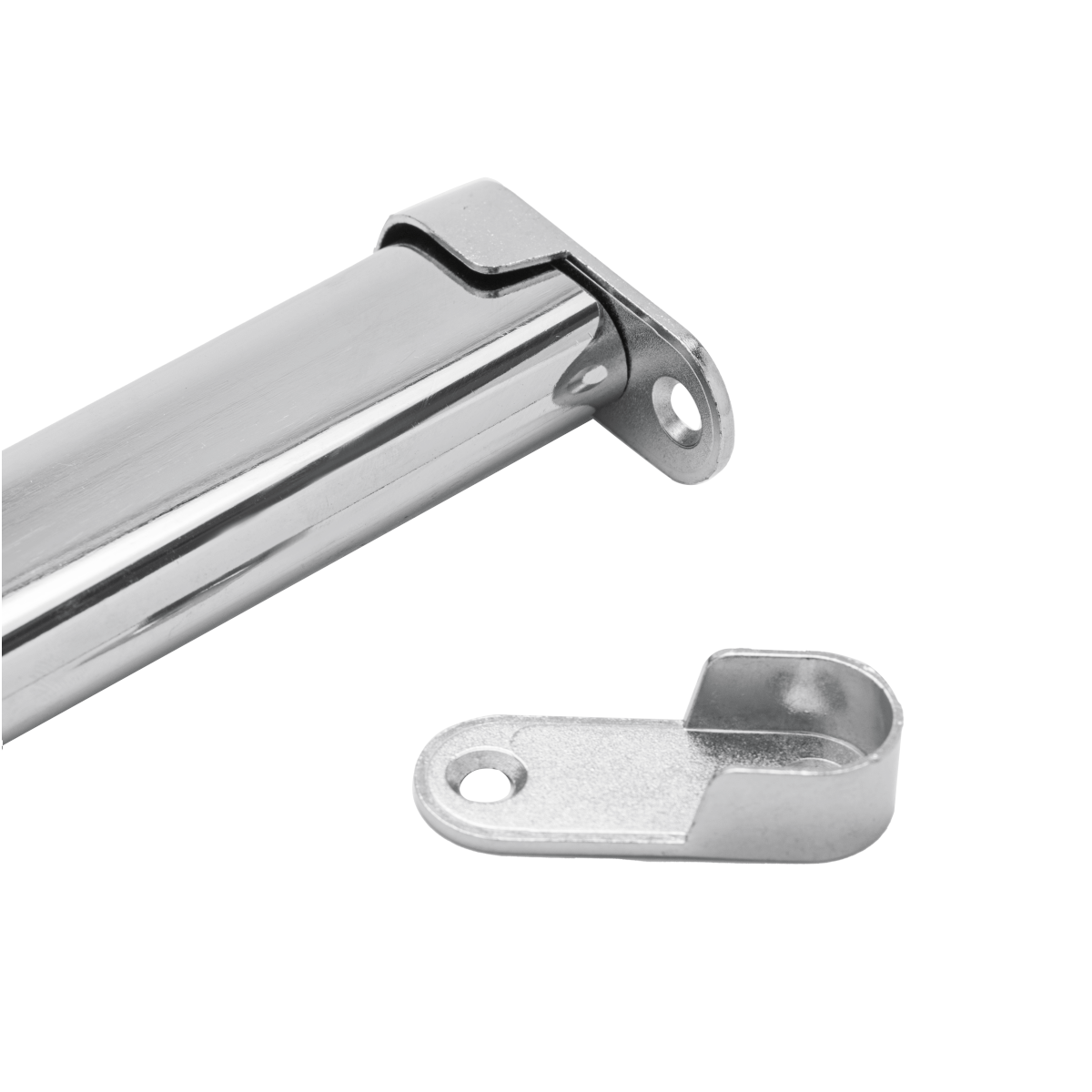
ABOUT
Guangzhou Toplink hardware Co., Ltd specialized in the production and export of furniture hardware fittings, with an experience of more than 14 years.
Our main products are drawer locks, cabinet hinges, sliding rails, cabinet handles, casters, cabinet legs and connecting fittings etc..
With a complete range of products, excellent performance and reasonable prices we have built up business with many customers all over the world.
We are committed to strict quality control and considerate customer service. We sincerely looking forward to becoming your best choice and the most reliable partner!
PRODUCTS
spring and ball door top latch how to fix
Understanding the Mechanism
Before attempting any repair, it's crucial to understand how a spring and ball door top latch works. The latch consists of a few key parts: the latch bolt (the metal tongue that extends when the knob is turned), the spring (which retracts the bolt), the ball (a small metal sphere that sits within the latch mechanism and provides the locking action), and the strike plate (the metal plate mounted on the door frame that receives the latch bolt). When the knob is turned, the ball is depressed, allowing the latch bolt to extend. Releasing the knob allows the spring to push the ball back up, retracting the latch bolt. This simple yet effective mechanism is susceptible to a few common problems.
The spring is the heart of the mechanism, responsible for the automatic retraction of the latch bolt. Over time, the spring can weaken or break, rendering the latch ineffective. The ball itself can become misaligned, damaged, or stuck, preventing smooth operation. The strike plate can also become loose, bent, or damaged, making it difficult or impossible for the latch bolt to engage properly. Understanding these potential points of failure is the first step in effective troubleshooting.
Troubleshooting a Faulty Latch
The first step in fixing a spring and ball door top latch is identifying the specific problem. Does the latch bolt extend but not retract? Does it fail to extend at all? Does the knob feel loose or unresponsive? These symptoms often point to different underlying issues. If the latch bolt fails to retract, the problem likely lies with the spring or the ball mechanism. If the latch bolt doesn't extend, the problem could be with the knob mechanism, the internal components, or a misaligned strike plate.
A thorough visual inspection is crucial. Check for any obvious damage to the knob, the latch bolt, or the strike plate. Look for signs of wear, bending, or breakage. Examine the area around the latch mechanism for any debris that might be obstructing its movement. If possible, carefully remove the knob to gain access to the internal components and inspect the spring and ball for damage or misalignment. Sometimes, a simple cleaning with a compressed air canister can dislodge small particles hindering the mechanism's function.
Replacing the Spring
If the spring is broken or severely weakened, it needs to be replaced. This usually requires removing the door knob assembly. This process varies depending on the type of knob, but generally involves removing screws located on the knob’s faceplate or the rose (decorative plate around the knob). Once the knob is removed, you'll gain access to the internal components, including the spring. Carefully remove the old spring, taking note of its orientation and position within the mechanism. Obtain a replacement spring (ideally, one specifically designed for your latch type). Install the new spring, ensuring it's correctly positioned to provide the appropriate tension for the latch bolt retraction.
Remember to consult diagrams or instructions provided with your specific latch mechanism if available. Forcing components into place can cause further damage. If you are unsure about any step, consulting a professional is always a better option than risking further damage to the door or the latch mechanism. Taking photos of each step during disassembly can help during reassembly.
Repairing or Replacing the Ball
If the ball is damaged or misaligned, it might need repair or replacement. A damaged ball might be replaced, but alignment issues often require careful adjustment. If the ball is stuck, try gently tapping it with a small object, such as a pen, to try to free it. If this doesn't work, you may need to replace the ball. This often requires a similar disassembly process as replacing the spring. Once again, consult diagrams or instructions if they are available for your specific latch. Be careful handling these small parts, as they are easily lost.
Before attempting to replace the ball, try gently cleaning the surrounding mechanism to remove any debris that might be causing the problem. Ensure the ball moves freely within its housing before reinstalling the knob. If the ball remains problematic after cleaning and adjustment, replacement is usually necessary.
Addressing Strike Plate Issues
A misaligned or damaged strike plate can also cause latch malfunctions. If the latch bolt doesn't engage properly, check the alignment of the strike plate. It might be loose, bent, or improperly positioned. Tighten any loose screws securing the strike plate. If the strike plate is bent, carefully try to straighten it using pliers. If the damage is too severe, replace the strike plate with a new one. Ensure the new strike plate is the correct size and type for your door latch.
Proper alignment is critical. The strike plate should be positioned precisely to receive the latch bolt when the knob is turned. If you are unsure about the correct positioning, mark the latch bolt’s position on the door frame before removing the old strike plate. This will serve as a guide when installing the new one.
When to Call a Professional
While many spring and ball door top latch problems can be solved with a bit of DIY effort, some situations require professional assistance. If you are uncomfortable working with tools or unsure about any aspect of the repair process, it's best to consult a professional locksmith or handyman. This is especially true if the damage is extensive, you are unable to identify the problem, or if you've already attempted repairs without success.
Calling a professional avoids the risk of causing further damage to your door or the latch mechanism. Professionals have the experience and tools to handle complex repairs efficiently and effectively, ensuring a lasting solution to your door latch problem. Remember that safety is paramount; if you're unsure, don't hesitate to seek professional help.
SUBSCRIBE
INQUIRY
